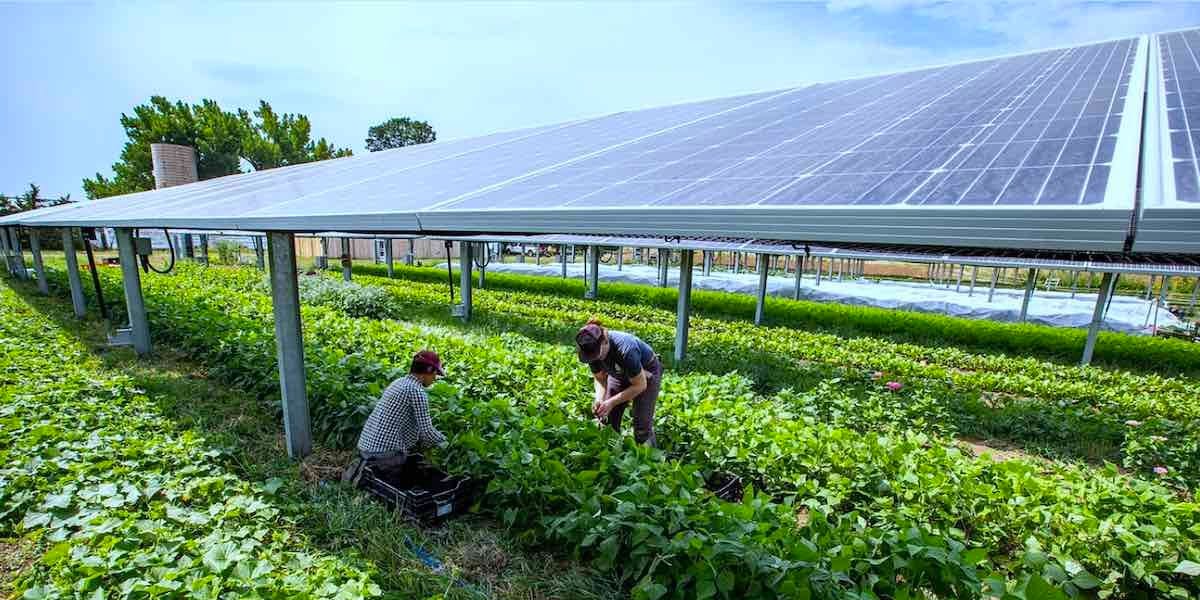Land-use intensity of electricity production and tomorrow’s energy landscape | PLOS One
The global energy system has a relatively small land footprint at present, comprising just 0.4% of ice-free land. This pales in comparison to agricultural land use– 30–38% of ice-free land–yet future low-carbon energy systems that shift to more extensive technologies could dramatically alter landscapes around the globe. The challenge is more acute given the projected doubling of global energy consumption by 2050 and widespread electrification of transportation and industry. Yet unlike g...| journals.plos.org


